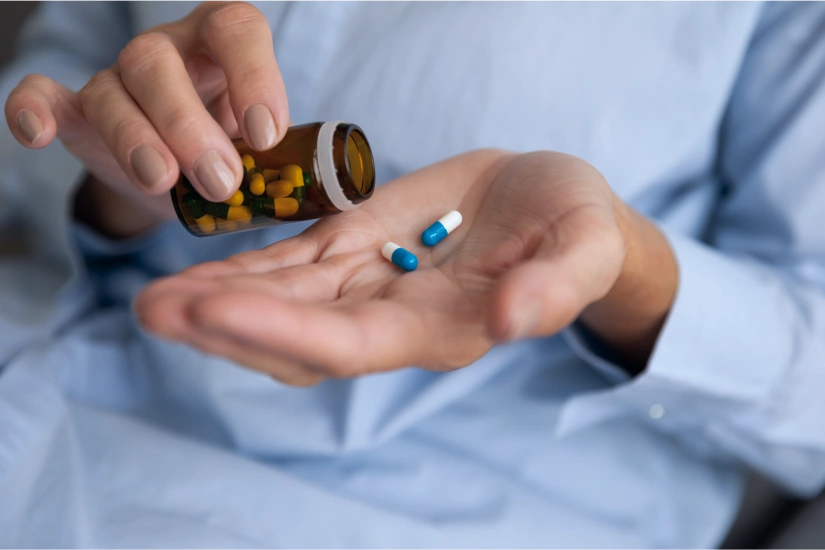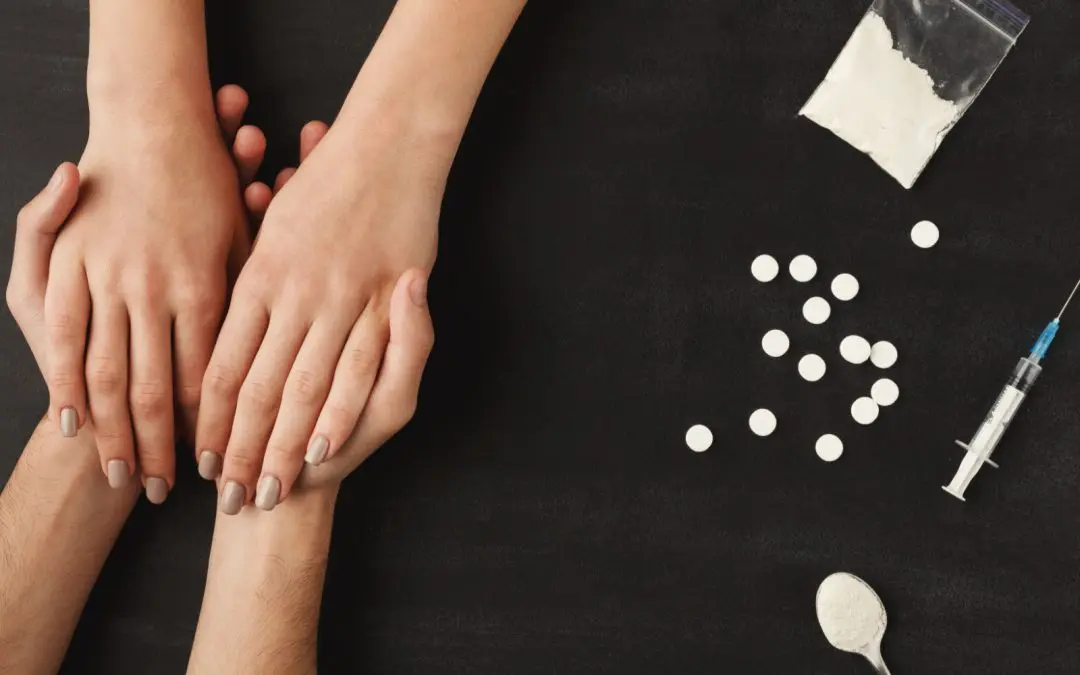24/7 Helpline:
(866) 899-111424/7 Helpline:
(866) 899-1114
Learn more about Stimulant Detox centers in Williamsburg
Stimulant Detox in Other Cities

Other Insurance Options

Sutter

Oxford

Coventry Health Care

Anthem

WellPoint

Carleon

BlueShield

Cigna

Humana

BHS | Behavioral Health Systems

MVP Healthcare

GEHA

Covered California

WellCare Health Plans

Molina Healthcare

Evernorth

EmblemHealth

Regence

PHCS Network

United Health Care




Cumberland River Behavioral Health – American Greeting Card Road
Cumberland River Behavioral Health - American Greeting Card Road is an outpatient facility for indiv...

Jackson Behavioral Health Professionals
Jackson Behavioral Health Professionals is a private rehab located in Corbin, KY. Jackson Behavioral...

Cumberland River Behavioral Health – Crossroads
Cumberland River Behavioral Health - Crossroads is an inpatient facility for men that are struggling...

Cumberland River Behavioral Health – Capers
Cumberland River Behavioral Health–Capers is an outpatient mental and behavioral health center for c...




















Cumberland River Behavioral Health – Independence House
Cumberland River Behavioral Health - Independence House is an inpatient facility for women with a Me...

Behavioral Health Group
Behavioral Health Group is a private rehab located in Corbin, KY. Behavioral Health Group specialize...

Cumberland River Behavioral Health – Turning Point
Cumberland River Behavioral Health is an accredited dual-diagnosis rehab facility in Corbin, KY. The...















































